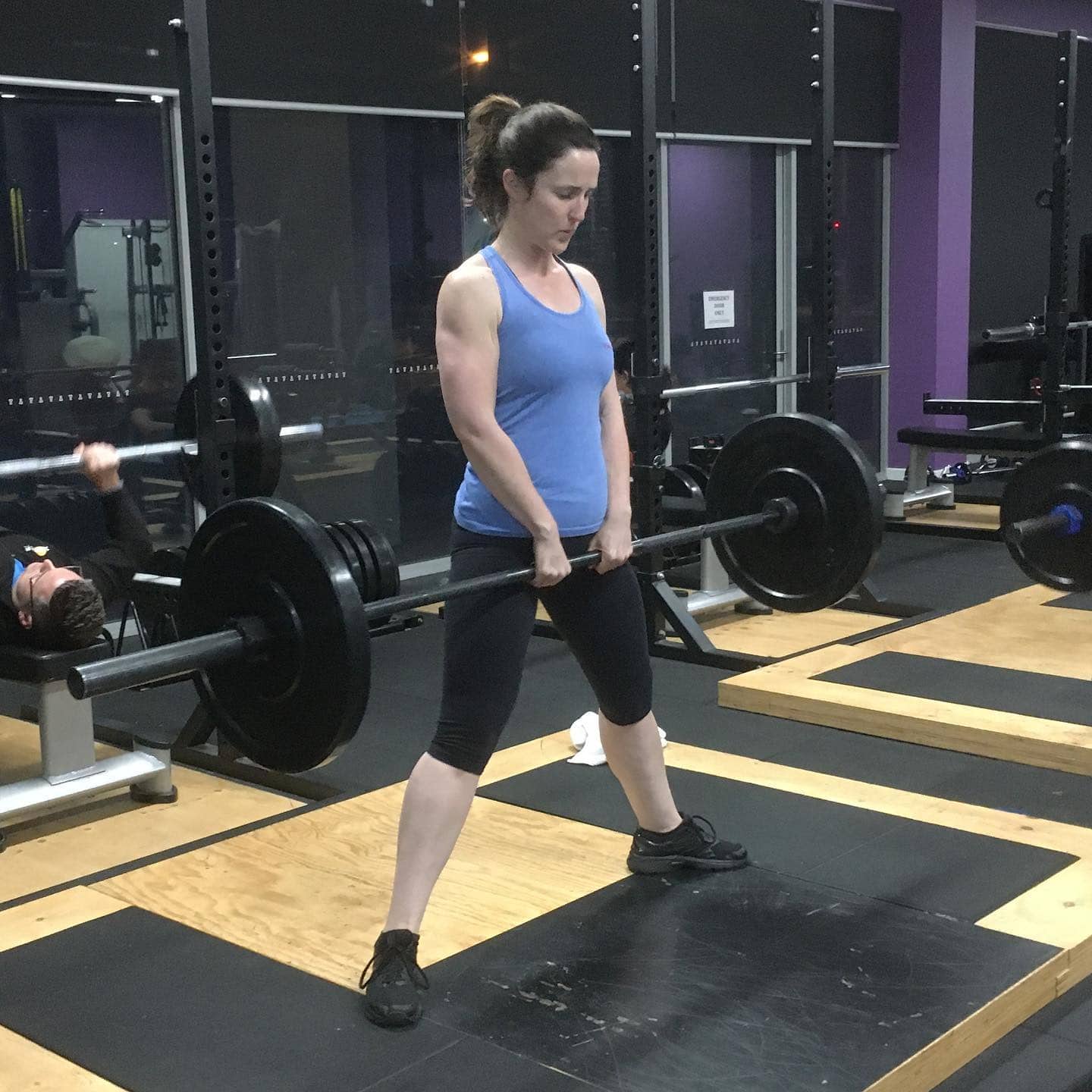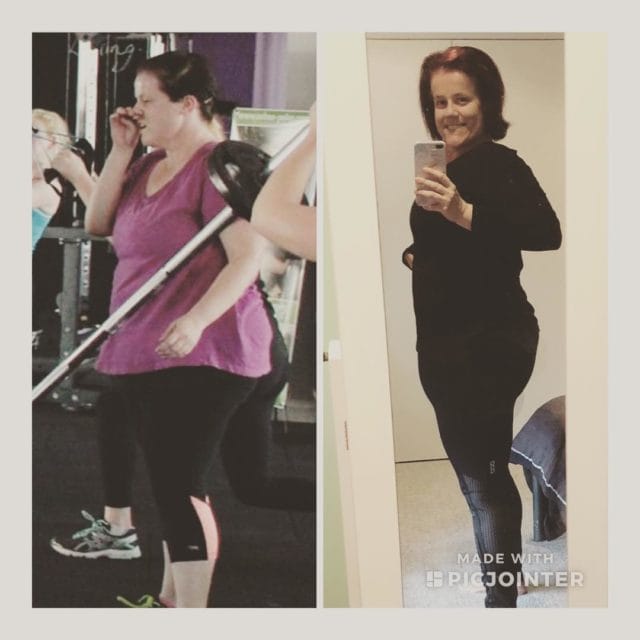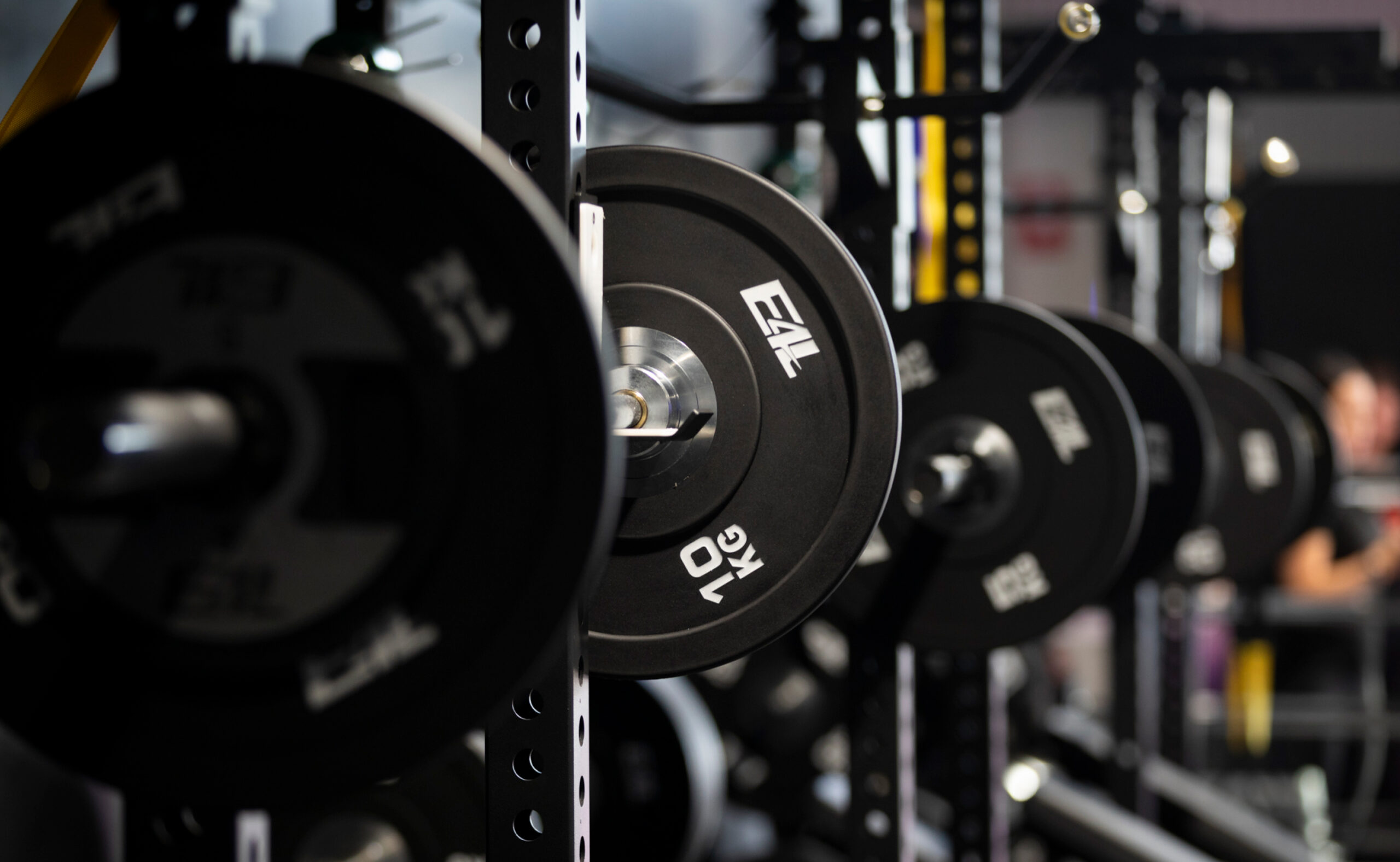Elements4Life (E4L) focuses on a number of different training modalities and scientific principles and incorporates all the best aspects of training into their Smart™ Experiences.
There is so much more to training, movement and living a better lifestyle than just HIIT however it is an important aspect to understand as training intensity is required within your training program to promote change throughout the body.
Would I do HIIT everyday? You can however the body does require rest and recovery. Without recovery, HIIT can be counter productive and is unsustainable in the longer term.
Controlled resistance training using good technique and various tempos generally brings greater results unless your sole goal is cardiovascular performance.
That is why Elements4life promotes and delivers, via a high performance coaching team, a highly effective balanced program between strength and resistance, linear progression, hypertrophy, intensity, volume and more importantly the correct use of training cycles.
This is the difference in quality and is why Elements4Life is the market leader in Functional Training and Smart™ Experiences.
Lets now discuss HIIT.
What is HIIT?
Elements4Life works on a high level understanding in regard to different training methodology and we have incorporated this science into our training systems.The human body adapts very quickly to environmental challenges and it also responds differently to different stimulus.
It is important when programming to ensure that all these factors are applied throughout the cycles to optimise potential results.
High Intensity Interval Training is a training strategy alternating short bursts of anaerobic activity (80-95% of HRmax) with active or passive low intensity recovery (40- 50-% of HRmax).
In a nutshell: Work to get your heart rate up above 85% at multiple stages of your workout.
HR = Heart Rate.
Max Performance =Intensity Training (max effort training)
Ratios include 3:1, 2:1, or 1:1 as an example and these are used often.
Time periods can change between 10 seconds and 3 minutes however max efforts are generally what we call sprints and are of shorter time periods.
Think of it as a burst of effort with rest so you can repeat the effort at a similar level.
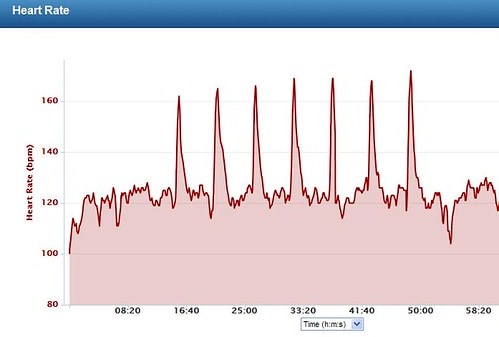
For example: a 1:1 ratio might be a 1-minute effort above >65% of HR max coupled with 1 minute of active (40-45% of HR max) or passive recovery.
HIIT ratio’s follow strict time frames with recovery often equal to effort.
Intensity should be hard or very hard >85% of estimated HRmax.
Recovery should be comfortable or 40-50% of estimated HRmax.
Up to 90% less training volume and up to 67% less time commitment is a major advantage of effective HIIT, HVIT and VIIT.
Physiological benefits comparable to steady state however in shorter time.
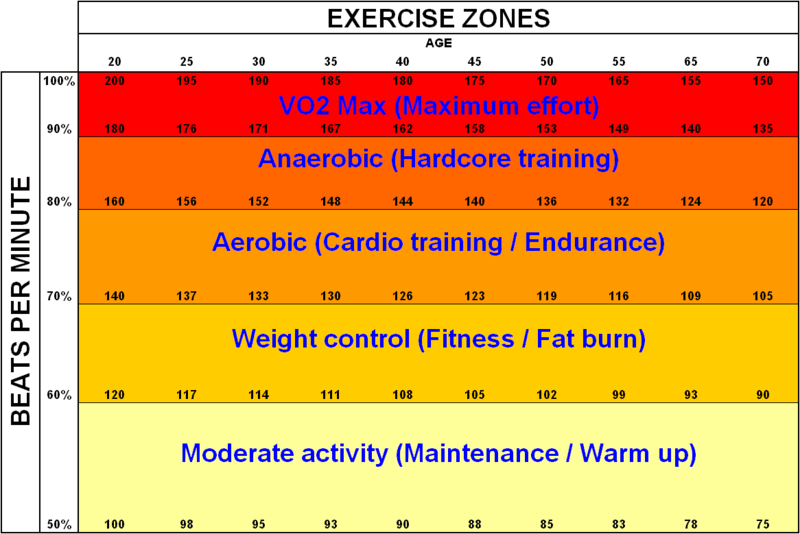
Chart Above: Find your age and then workout your zones %.
HIIT training is not limited to improving fitness:
- Blood pressure
- Cardiovascular health
- Insulin sensitivity
- Cholesterol profiles
- Abdominal fat and body weight while maintaining muscle mass
What about HVIT and VIIT?
High Volume Interval Training (HVIT) and Variable Intensity Interval Training (VIIT) are often what fitness professionals are offering however call it HIIT.
At Elements4Life (E4L) we focus on all these types of training methods in order to continually stimulate the nervous system.
HVIT
- Max Effort = Volume Training
- High volume of continuous bouts of sub maximal training
- Movement decay is inevitable
- Performance standards fall as fatigue increases
VIIT
- Max effort mixed with changes in time and levels of effort.
- May be a better alternative due to the longer recoveries and the variations in levels
of intensity compared to recovery intervals for.
EPOC (Excess Post-Exercise O2 Consumption) or Afterburn
- Continuous caloric consumption 2- 24-hours post workout
- Additional 6-15% of total calories spent in workout continue to burn post workout due to the need to replace lost nutrients and return to homeostasis
- VO2 continues post work-out, but it will decrease with recovery.
- Dependent on factors including intensity, current fitness level, age, gender and
overall weight of the individual. i.e. a heavier person will burn more total calories.
- The EPOC is duration and intensity dependent and is more noticeable in untrained versus trained individuals.
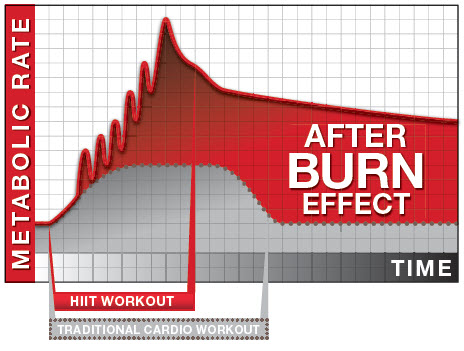
How Does HIIT Effect Women Different than Men?
- Men have more lean mass, more RBC, larger hearts and blood vessels than women.
- Men tend to set a higher working pace, however females work at a higher HR% and experience a greater V02max.
- Women have lower concentrations of type II fibres
- Variations in capacity and output for anaerobic exercise.
Women have by nature:
- Smaller blood volumes
- Smaller hearts
- Offers a better ability to maintain intensity.
- Increased in V02 max.
- Higher working heart rates.
- Smaller blood vessels
- Decreasing amount of lactate buffer but it’s relative due to smaller blood volume
- Estrogen is believed to reduce rates of energy production by:
- Decreasing the conversion of pyruvate to lactates
- Important in anaerobic energy production.
- This further slows lactate clearance from muscle.
- Recovery intervals can be shorter in duration as the amount of lactate buffer needed is smaller.
More notes:
- Ensure quality of movement especially during fatigue. Avoid sacrificing form, range of movement and technique.
- Encourage women to train smarter, not necessarily harder.
- Work intervals should be shorter in duration.
- Recovery is a necessity not a luxury.
Calculate Heart Rate
Elements4Life (E4L) uses the equation: MHR = 211 – (0.7 x age in years)(0.64 if you want to be more accurate)

What are some factors that affect MHR?
- Age: MHR tends to decrease as we grow older.
- Altitude: Acute exposure to high altitude may cause a temporary decrease in our MHR. We will also have a higher heart rate during sub-maximal exercise at a high altitude. With continued exposure to high altitude, our MHR should increase and our heart rate during sub-maximal exercise should decrease compared to when we were first exposed to high altitude.
- Mode of exercise: The MHR we can achieve during different exercise modalities does vary to some extent. For example, exercisers tend to achieve a higher MHR when running compared to cycling due to more muscle mass utilised in running. Exercises like swimming may also elicit a lower MHR due to the smaller muscle mass of the upper body. We recommend that you set your MHR value to be appropriate for the modality of exercise you perform most often.
- Medications: Some medications will limit the MHR you can and should achieve during exercise. An example is beta blockers, which decrease your MHR lower than the age-predicted maximum.
**NOTE** Be sure to ask your doctor if any of your medications will impact your MHR.
How does MHR relate to the Myzone zones at Elements4Life?
The Myzone zones (GRAY, BLUE, GREEN, YELLOW, & RED) are directly tied to your estimated MHR in the Myzone system.
Breakdown:
- GRAY Zone: 50-59% of MHR
- BLUE Zone: 60-69% of MHR
- GREEN Zone: 70-79% of MHR
- YELLOW Zone: 80-89% of MHR
- RED Zone: 90-100% of MHR
What is SSIT?
SSIT is a unique intensity based system that combines resistance and interval training in a very specific way.
Specifically designed by Elements4Life and comes from over 10+ years of Functional Training experience in the industry.
What is it? Ahh..that’s a secret. Join to find out why people keep coming back to E4L for their fitness solutions.
Another HIIT ARTICLE
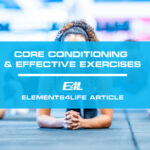











 ‘Service’ defined as ‘the action of helping or doing work for someone’ - the service that Elements 4 Life provides goes beyond this. The coaches are genuine, their approach to training is exciting and progressive, you will be supported and challenged to be the best version of yourself – mind and body. Then there’s the amazing people, our E4L community, this is what makes the gym so unique to all the other gyms I’ve been a member of.
‘Service’ defined as ‘the action of helping or doing work for someone’ - the service that Elements 4 Life provides goes beyond this. The coaches are genuine, their approach to training is exciting and progressive, you will be supported and challenged to be the best version of yourself – mind and body. Then there’s the amazing people, our E4L community, this is what makes the gym so unique to all the other gyms I’ve been a member of. 